Aster
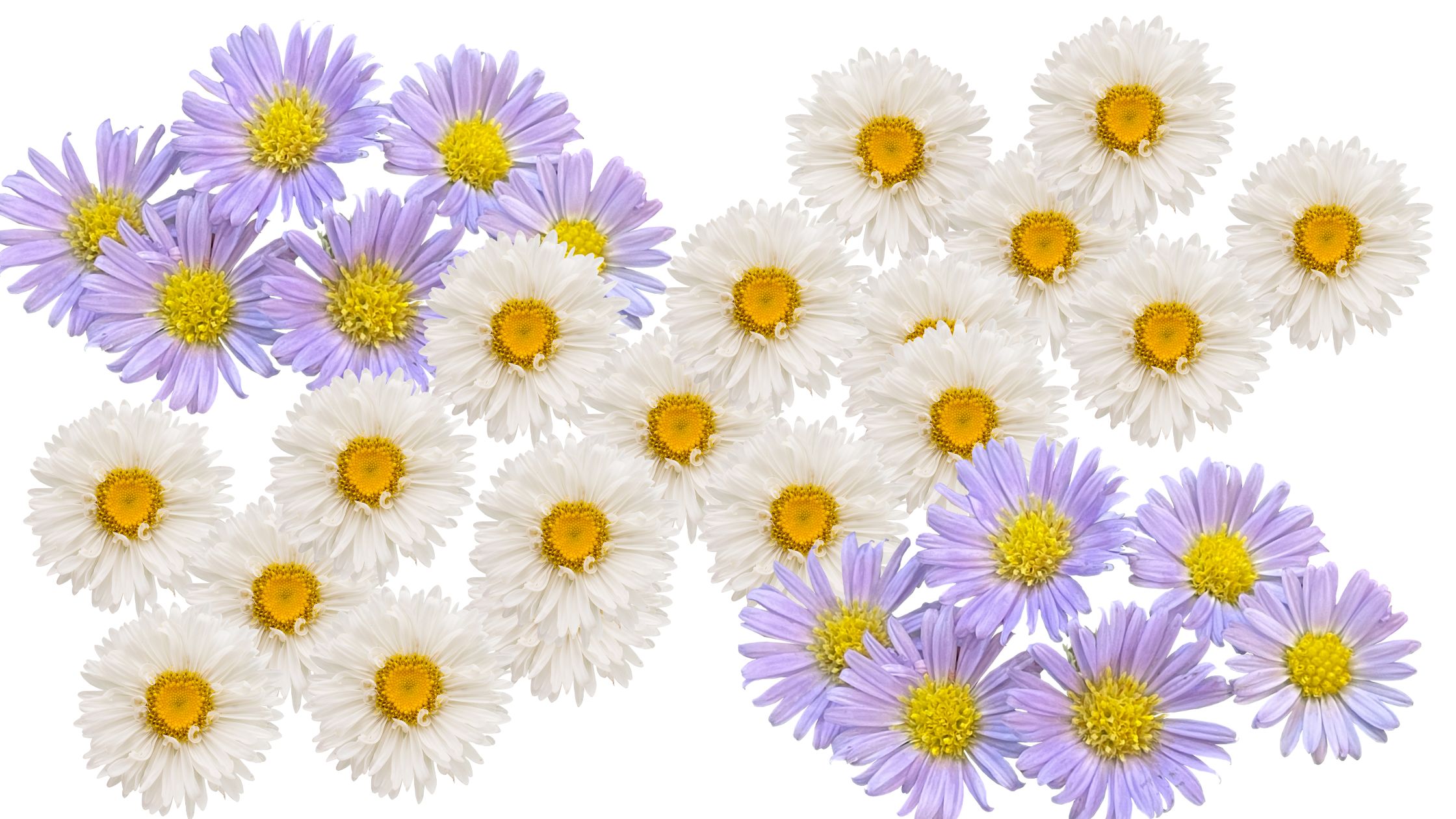
The Charming one.
Delicate yet dazzling, the Aster (Aster spp.) is a beloved cut flower that brings late-season brilliance to any bouquet. Named after the Greek word for “star,” this bloom lives up to its name — scattering starlike petals in shades of purple, pink, blue, and white. Native to North America and Europe, asters are a go-to flower for adding texture, color, and heartfelt symbolism to autumn arrangements. Whether you're creating a romantic bouquet or a rustic tablescape, the aster adds charm with a whisper of nostalgia.
Name and Origin
Common Name: Aster
Scientific Name: Aster spp.
Description
Asters are daisy-like flowers with thin, radiating petals and a central disc, often yellow. They come in a wide range of hues including purple, lavender, pink, blue, and white. Most varieties range from 1 to 2 inches in diameter, with slender stems and bushy foliage. Their subtle, sweet scent adds to their appeal, making them a gentle yet striking addition to any bouquet.
Symbolically, asters represent patience, love, and elegance. In Victorian floriography, they were often sent as expressions of deep emotional affection or to symbolize remembrance.
Season
Asters are typically available from late summer through fall, making them one of the last bright blooms before winter sets in. Their seasonality adds a rich texture and color to autumn floral arrangements. Some cultivated varieties are available year-round from commercial growers.
Care Tips
To keep cut asters looking fresh for as long as possible:
- Trim the stems at a 45-degree angle under running water.
- Remove any foliage that will sit below the waterline to prevent bacteria growth.
- Use a clean vase with fresh, lukewarm water and add floral preservative.
- Change the water every 2–3 days and recut the stems slightly with each change.
- Keep them in a cool location away from direct sunlight, heat sources, or ripening fruit.
A narrow-neck vase works best to support the lightweight stems and keep the blooms upright.
Flower Combinations
Asters pair beautifully with many other flowers. Some ideal bouquet companions include:
- Roses – for romance and elegance
- Sunflowers – for a bright, cheerful autumn mix
- Chrysanthemums – for a seasonal, textured arrangement
- Lisianthus – for a soft, pastel aesthetic
- Solidago – for a golden contrast and volume
History and Symbolism
Asters have been cherished since ancient Greek times, where they were thought to be sacred and used in altars. Legend has it that asters were created from the tears of the Greek goddess Astraea, who wept when she saw so few stars in the night sky. Her tears fell to the earth and bloomed into starlike flowers.
In the language of flowers, asters have symbolized everything from daintiness and elegance to wisdom and valor. They are also the birth flower for September and a traditional 20th wedding anniversary flower.
Common Uses
Asters are widely used in seasonal arrangements, especially fall-themed bouquets. They add softness and volume to mixed bunches and are often featured in:
- Bridal bouquets and centerpieces for rustic or vintage weddings
- Sympathy arrangements, symbolizing remembrance
- Home and office decor for an autumnal touch
Fun Facts
- There are over 180 species of true asters, though many similar flowers have been reclassified under other genera.
- In China, asters are symbols of fidelity and were used in traditional herbal medicine.
- Butterflies are particularly attracted to asters, making them a favorite in pollinator-friendly gardens.
Featured Bouquets
Discover beautiful bouquets with asters on Flowers.nl:
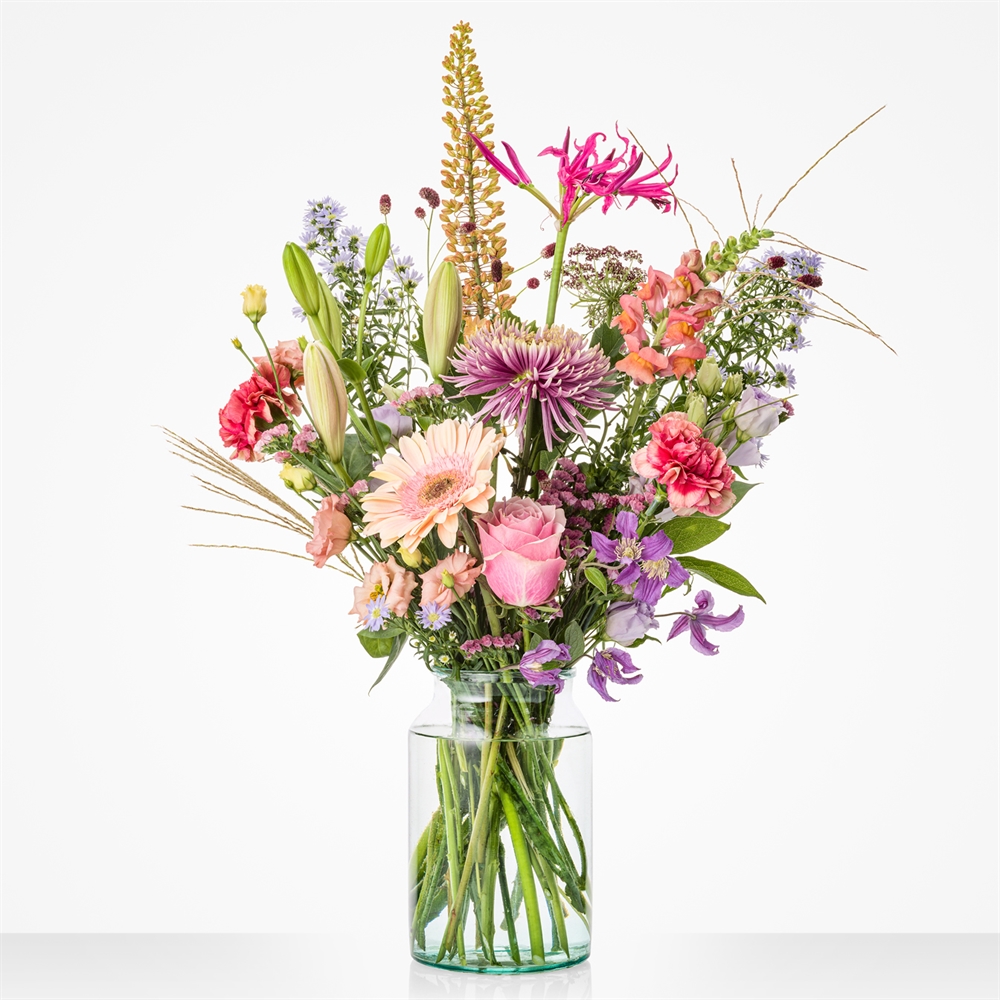
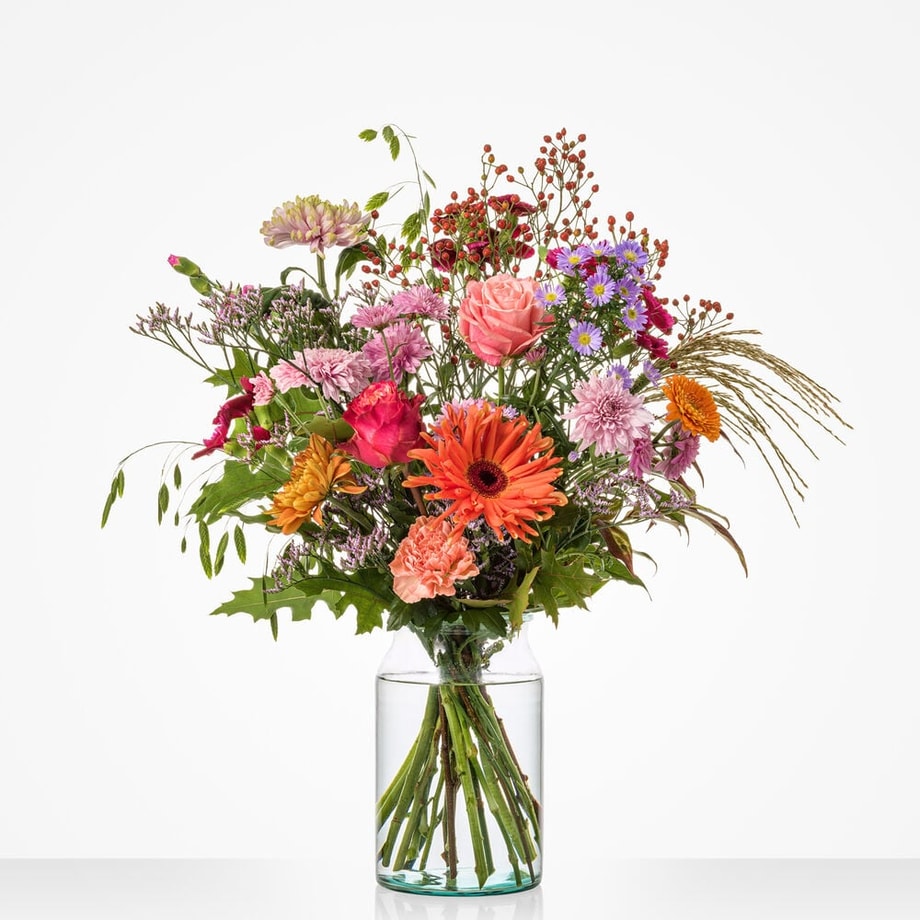
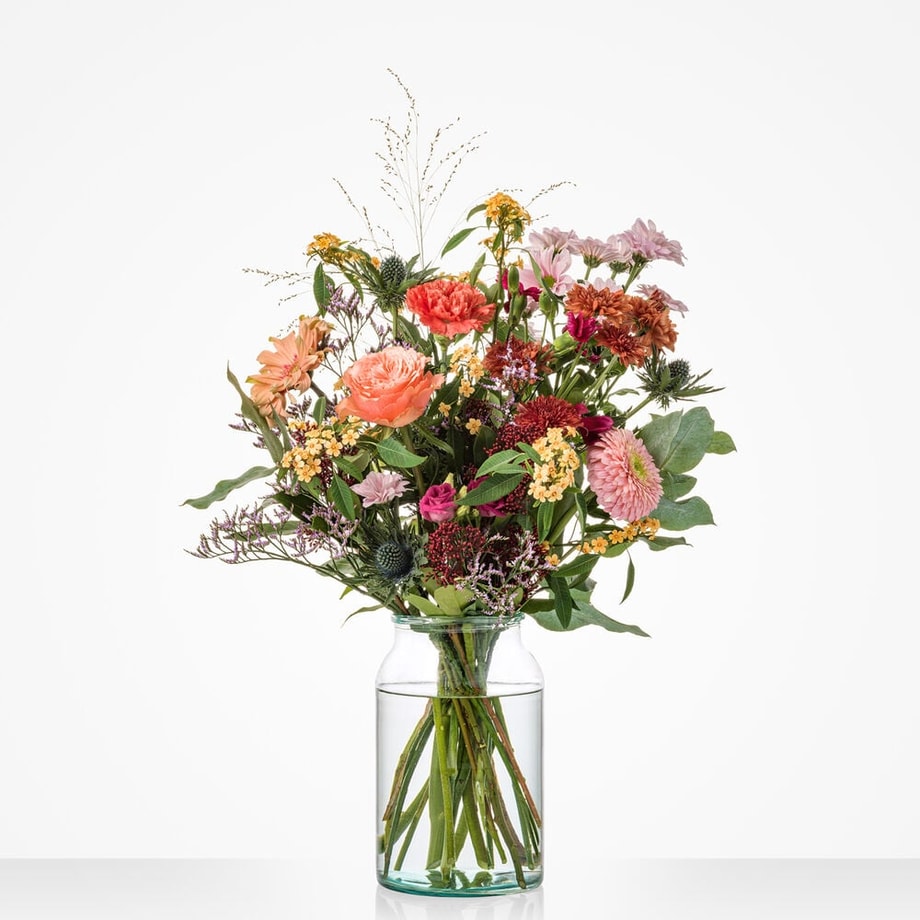
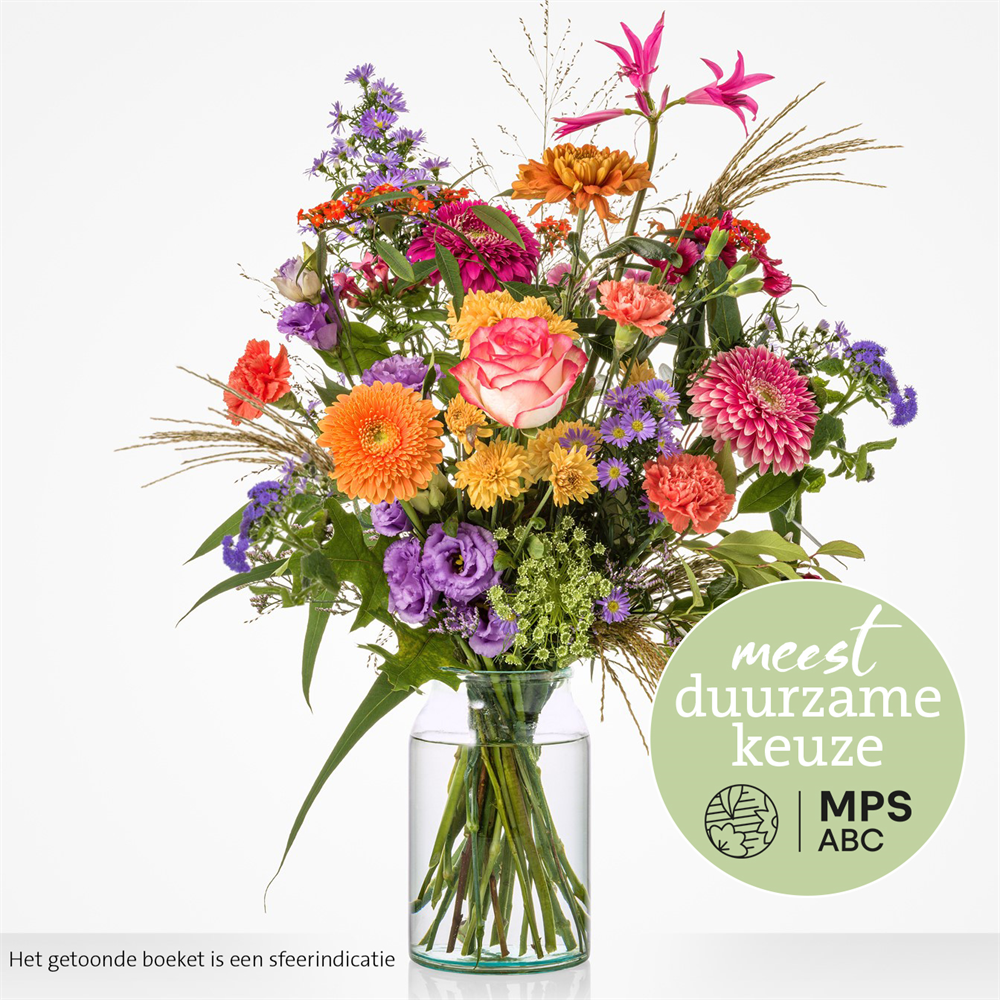
Sources
- Royal Horticultural Society
- The Old Farmer’s Almanac
- Various horticultural sources

